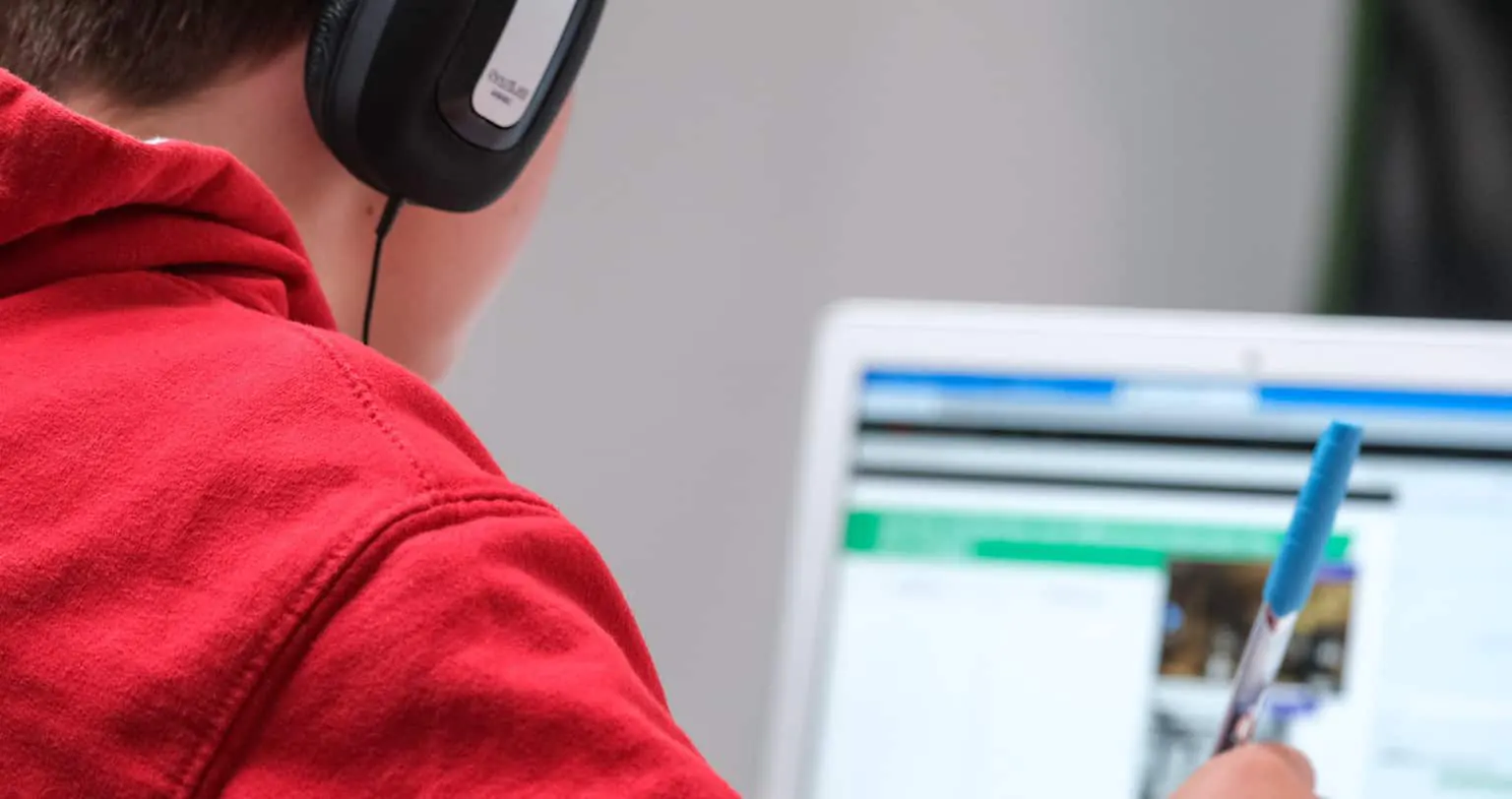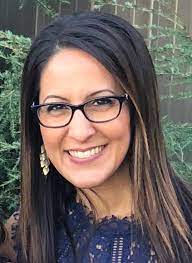Table of Contents
One of the many challenges districts face as they return to school this fall is the development of distance and remote learning plans that will allow them to define, measure, and demonstrate success for their students.
This is especially important as we head into a new era of public education where virtual learning is no longer an option; no matter who you are or where you are, you need to ensure schools and teachers can deliver technology-enabled instruction, and for many, it’s a giant shift.
Across industries, data-driven decision making is centric for changes in practice or theory. When those data outcomes are not yet available or where decisions are reactive instead of proactive, such as during a pandemic, we have to put a plan in place that still allows those metrics to drive ongoing data-driven decisions. There is no one right approach, set of tools, or solution that will work for all schools, but these guidelines for choosing the proper metrics to evaluate remote learning plans will help ensure districts have the information needed to identify areas of improvement, celebrate successes, and make informed decisions as needed over time.
Stay Aligned to Your Strategic Plan
When you set out to define your overarching goals in this remote environment, keep your strategic plan top of mind. In fact, you want to stay as closely aligned to your mission, vision, and values as possible, modifying your strategic direction and initiatives to accommodate only for things that simply cannot be accomplished via remote instruction and/or call for additional attention due to changing needs of students and communities, such as increased stress at home due to the pandemic. Districts that proactively plan for remote or blended programs generally spend many months organizing and aligning the new instructional model to existing district goals. When a reactive shift to remote instruction becomes the reality, taking the time to anchor your goals to your core values will help ensure your instructional strategies, tools, and accountability measures provide useful insight into where your plans are working effectively and where you may need to make future adjustments.
For example, if your strategic plan includes the goal that “Every student receives high-quality and equitable education with the intent to raise rigor and is personalized to meet his or her learning needs,” be sure to keep that as a central goal as you work to identify the new or modified strategies in your remote or hybrid environment. In this example, your new strategies might include a selection and criteria process to ensure the content and remote instructional strategies you choose for remote learning align to that key goal: being high-quality, equitable, rigorous, and including ways to personalize. Keeping those values at the core of your plans for remote learning will ensure a strong foundation firmly rooted in key community and student initiatives.
Identify Metrics for Measuring Success—and Adjust
As these goals lead you to strategies in facilitating virtual instruction and supporting families, teachers, and students to navigate the transition between in-school and remote instruction, they also become a guide to measure success and a way to determine a need for revision. One mistake you want to avoid, especially in such a quickly transpired new instructional model, is being afraid to make changes throughout the year. Rather, be sure to leverage measurable data for success, gather stakeholder feedback and evaluate effectiveness to determine adjustments that need to be made. Remember that your stakeholders include parents and students in addition to teachers and staff, and the collaboration among all of these groups is vital to their comfort with change throughout the year and their ability to see themselves as partners in success and improvement.
Embracing feedback from your stakeholders about what isn’t working is as important as understanding what is—it’s okay to be transparent about the fact that there may be unanswered questions and problems left to solve. Everyone is learning as we begin this new venture together.
This worksheet provides you with ideas for measuring success and identifying the areas in which improvements can be made and when. Remember, don’t wait for the end of the year. This opportunity for evaluation and measuring data should be continuous and should provide stakeholders with a forum that is ongoing. Once a red flag or potential risk is identified, don’t wait; begin the work to create an action plan.
Consider Teachers’ Comfort with Technology
While education technology brings many new opportunities for connecting with and meeting the needs of students, it has also been disruptive for teachers as they attempt to adjust instructional strategies they have developed over years of in-class instruction to a remote environment. For many years, teachers have been encouraged to leverage technology in education in a variety of ways, ranging from a simple replacement of a task with new digital tools to complete transformation of new tasks that were never available prior to technology. The SAMR model, a framework created by Dr. Ruben Puentedura, has become a guide as many eager teachers consider how to incorporate technology in their existing classroom models. While that model has helped to guide teachers in implementing technology in their existing classrooms, making the shift to technology-enabled instruction in a virtual environment requires a deeper level of learning for all teachers. Therefore, faculty members for most districts are likely to have a wide range of proficiency with comfort in technology and with the shift to new instructional practices.
Administrators are left working to ensure students are provided with educational experiences of consistent quality and accessibility from all teachers. Just as we provide professional development to ensure teachers all have similar skills for teaching in a physical classroom, we need to ensure we provide teachers with the same level of support as they shift to remote learning.
Since this shift to a new instructional model will have a varying learning curve from teacher to teacher, taking the approach of personalized learning will be key to promoting quality professional learning and accelerated skill development in your staff. Andragogy, the method and practice of teaching adult learners, suggests we should aim to support adult learners by creating learning experiences that are relevant, allow for self-agency, and the opportunity to connect new ideas to their prior experiences.
The following best practices can be used to ensure better outcomes and a personalized approach that will enable your teachers to provide a consistent level of opportunity for all students:
• Provide Agency – Learning opportunities for adults should begin with some level of choice. Survey your teachers, not just on their abilities to “use” technology tools, but specifically in their comfort, fears, concerns, and needs for teaching in a remote environment. Using a self-evaluation or self-reflection of needs provides teachers and administrators the opportunity to measure and prioritize the learning needs.
• Be Personalized – By understanding and prioritizing the unique needs of each teacher, be sure to develop professional learning opportunities that are relevant to the audience, and make the best use of their time. Don’t make someone sit through training they don’t need or place someone in a session that’s too advanced, leaving them to ask multiple questions others don’t need to be addressed. To ensure it is targeted and personalized, create multiple levels of your professional learning sessions. You can even turn these into micro-credentials, allowing both novice and advanced teachers to document their new skills.
• Be Relevant – Similar to personalized instruction, all learners (including students) are more willing to learn when we make connections to areas that are relevant to our lives. Make sure that the content of your sessions draws connections, provides opportunities for teachers to share those connections, and collaborate on practical, problem-centered approaches to learning. One approach to accomplish this is by offering an ongoing series of professional learning experiences, rather than a one-off session. Break it down into a progression of skills that follows the arc of the school year and can be implemented in their day-to-day work.
• Collaborate – Create PLCs based on proficiency level and allow your more advanced or certified instructors to lead a group. This not only supports modeling but provides opportunities for leadership among your team. And since we are in a remote environment, ensure your digital tools provide data on teacher usage for better coaching, opportunities for observations, and a location to house resources where other teachers share their own created content and collaborate on best practices.
Subscribe to edCircuit to stay up to date on all of our shows, podcasts, news, and thought leadership articles.




